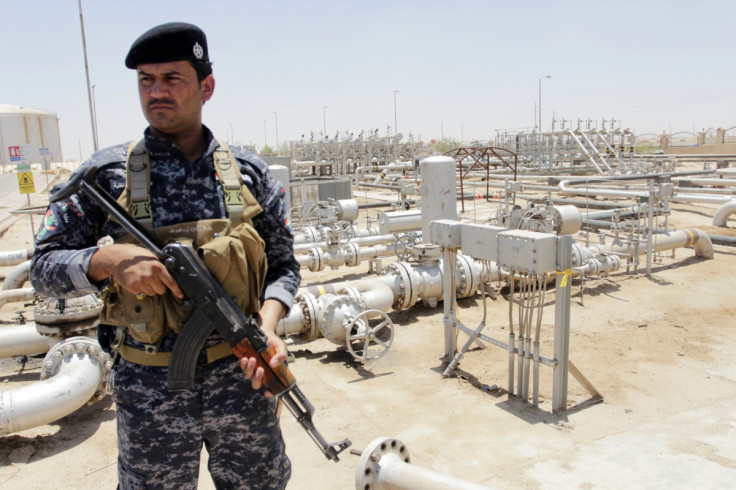Commodities round-up: Oil futures plunge on Iraqi demand for exemption from Opec's output cut
Brent, WTI futures slide on reports Iraq is demanding exemption from proposed production ceiling on financial grounds.

Oil futures headed lower on Monday (24 October) as concerns over Opec's ability to enforce a production cut continued to persist, with Iraq demanding an exemption from participation in the exercise.
At 2:29 pm BST, the West Texas Intermediate front month futures contract was down 1.20% or 61 cents to $50.24 per barrel, while Brent was 0.89% or 46 cents lower at $51.32 per barrel, having hit an intraday high of $53.14 as recently as 19 October.
Market commentators continue to be divided over Opec's ability to enforce its proposed production cut to a range of 32.5m to 33m bpd (barrels per day), first mooted on 28 September on the sidelines of the International Energy Forum in Algiers.
Not only are there doubts about the cut's enforcement, but commentators are also questioning how the cartel would carry it out whilst excluding Nigeria, Libya or Iran, none of whom are expected to participate.
Furthermore, Iraq has reportedly demanded an exemption from any cuts due to the financial strain it is under and its ongoing battle with Islamic State (Isis).
Analysts at Vienna-based JBC Energy said: "The first few hours of trading this week have seen prices correcting a bit to the downside, potentially influenced by statements coming from Iraq, while talk regarding coordinated Opec and non-Opec action continues."
Meanwhile, the US oil rig count also extended its steady march higher, with Baker Hughes numbers showing a weekly rise of 14 rigs.
Speaking to IBTimes UK on the sidelines of an event in London, Deborah Byers, oil & gas leader and managing partner of EY's Houston, US practice, said the industry could be looking at the $40-60 per barrel price range another 10 years.
"Hypothetically if there is an Opec cut [on 30 November] market rebalancing sentiment would only last for a finite period of time, before more non-Opec production, especially US shale production, starts picking up in response to an oil price uptick. In the current setting, what the US shale industry is doing is put a ceiling on the oil price."
Away from the oil market, the dollar's strength continued to weigh on gold prices. At 1:31pm BST, the Comex gold futures contract for December delivery was largely flat, down 0.06% or 80 cents to $1,266.90 an ounce, well shy of $1,300-plus levels seen last month. However, demand for physical gold was holding up, according to London based traders.
Josh Saul, chief executive officer of The Pure Gold Company, said investors' anxieties related to the US elections and Brexit persist was keeping the yellow metal's take-up healthy.
"Many of our clients believe they have more to lose by not buying physical gold now and then [Donald] Trump wins, compared to buying gold now and [Hillary] Clinton goes on to win. In either case, investors don't expect gold to lose its value and they want to ensure they are adequately hedged for either result."
"The general sentiment is that Brexit has set a precedent for the unlikely to prevail and this accounts for the sudden surge in physical gold demand. We've had a 24% increase in US citizens purchasing physical gold and having it stored in the UK this month owing to weak sterling making storage charges cheaper and more attractive for people paying in dollars."
Elsewhere, in the precious metals market, the Comex silver contract for December delivery saw a strong rebound, up 1.44% or 25 cents to $17.75 an ounce. Concurrently, spot platinum was 1.51% or $14.13 higher at $948.13 an ounce, clawing back some of losses of the previous trading week.
© Copyright IBTimes 2024. All rights reserved.






